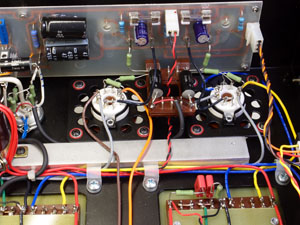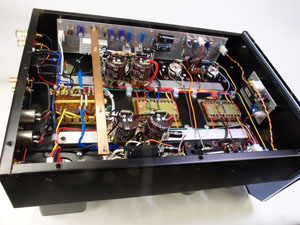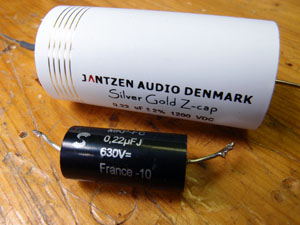GlowMaster KT88
balanced power amp by SAC, Thailand
Copyright 2013-2017 © Troels Gravesen
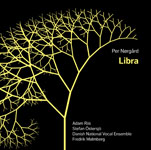
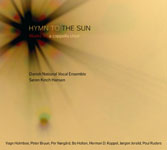
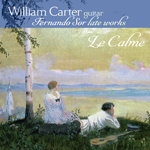
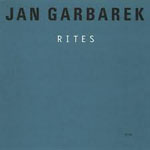
From left: Per Nørgård:
Libra and Hymn to The Sun,
Works for a chapella choir. William Carter:
Fernando Sor Late Works. Jan Garbarek:
Rites.
The GlowMaster is a major step forward towards cleaner sound - and not having to travel all the way to Copenhagen to hear these magnificent singers. The William Carter recording of works by Fernando Sor is just so good I often use it for starting a speaker demonstration and I've bought the entire 24/196 album from LINN. And it was time to hear Rites by Jan Garbarec again! I never - ever - heard this sometimes ear-shredding soprano sax so clean. Hard to believe. But I'm getting ahead of this story...
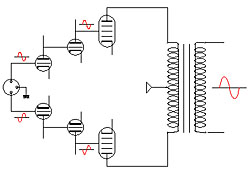
I've had Amplifon WT40 6C33 PP for test and was quite impressed by bass performance compared to my 6C33 PSE amps. I've owned Copland 6550 PP design although this amp was not among the most transparent it had the ability to run a wide range of speakers. Re-building my 6C33 amps for balanced push-pull design is beyond my capability and I can't find any design that would tell how to do so. The Amplifon WT40 is a bird's nest with regard to design and layout and not easy to copy.
At first I was considering the GlowMaster made as mono-blocks delivering some 130 wpc and being able to even run even the Jenzen speakers, but I finally decided on the stereo version delivering (only) 65 watts and suitable for bi-amping the Jenzen speakers - or I would design my future reference speaker system (there's always a future reference speaker system in pipeline) to fit the 65 watts with a comfortable dynamic headroom, that is: 93-95 dB sensitivity and a decent impedance profile.
I finally made a second pair of XLR output terminals on my WOT line stage and had the Jungson JA88D-09 run the Jenzen ATS bass drivers. A match in heaven! Not necessarily due to the Jungson, but having the GlowMaster relieved of driving the bass drivers we now have the dynamic headroom needed. In fact, I really hadn't heard what the Jenzen ATS was capable of. I should have done this long time ago.
Later this has changed to ATS4 speakers and having a 200 wpc Hypex beast running the bass section. I haven't though of any changes ever since.
The current GlowMaster comes with five up-grades since first launch: New output transformers, new dual filter chokes, new power supply filter, new bias circuit and silver plated copper/teflon hook up wire. In addition to this, c-core output transformer can be ordered, which I did (+ 800 USD).
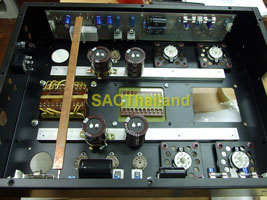
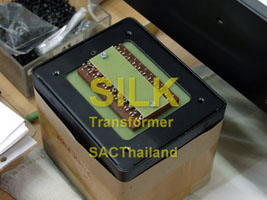
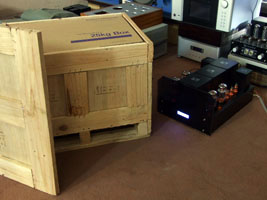
I had these images from Thailand while
waiting. Beats palm trees and sunny beaches.
C-core OPTs have 22 taps
to allow maximum performance according to Kittipol.
I've only found a single review of this amp: HiFiWorld; this from a standard version (standard OPTs) and (I assume) standard coupling caps (Hovlands ?) and 2V sensitivity. Reviewer seems pleased all the same.
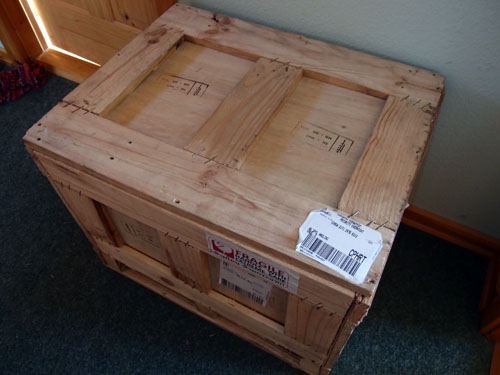
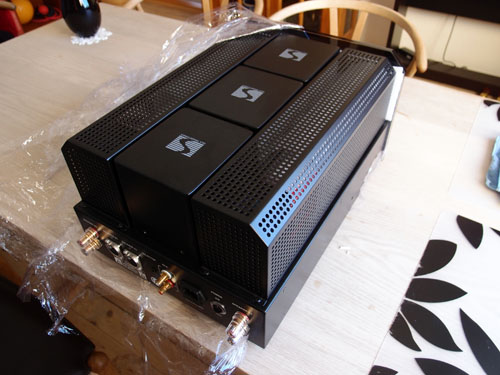
Nothing beats the joy of unpacking a new amp for which you have been waiting several months.
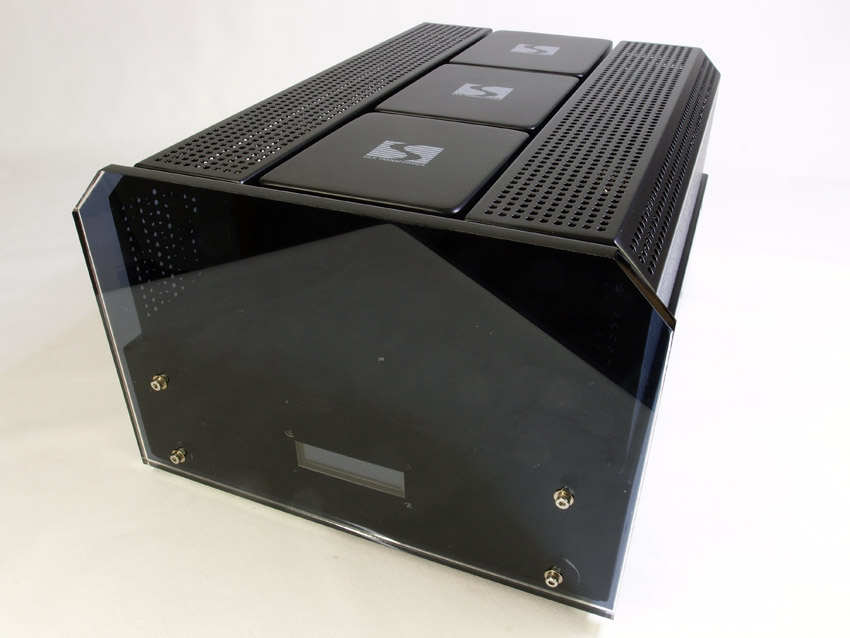
To my eyes, a beauty! Best design I've ever seen. Simplicity and elegance.
Very nice tube coverings by the way. All chassis parts are powder-lacquered.
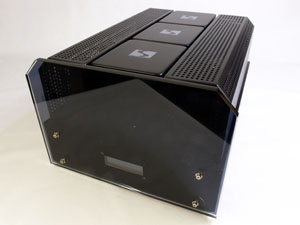
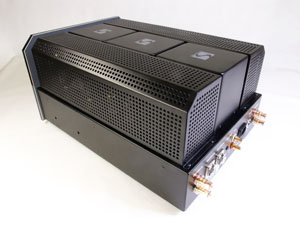
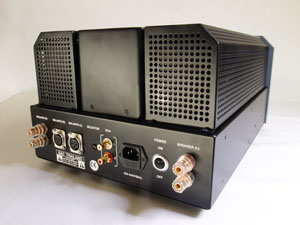
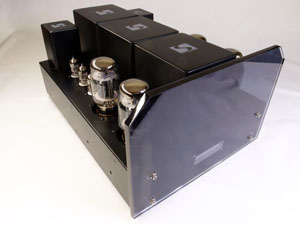
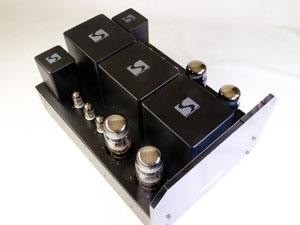
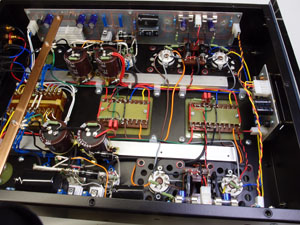
Nice layout and all wiring done with silver
plated copper in FTFE.
The experience was similar to installing the vdh Grail phono stage. Treble seems lower due to less smear, reduced noise floor, less distortion and an exceptional level of transparency. Listening to less complex music made me wonder if super caps would indeed further enhance performance, but complex symphonic orchestras with massed strings suggested there there might be more in store. Thus, the Solen FCs were replaced by silver-gold super caps and the difference is significant on complex music.
The Grail, the GlowMaster and my 6N6P transformer coupled line stage is also a challenge to the my vinyl collection. With the Dynavector XX2 mkII in front this set-up very much tells me the state of my records. Before I might wonder if there was some bottleneck in the system or if the record was actually worn. Now I know for sure if it's the record that needs replacement - or if it's a bad recording or bad pressing - or both. Vinyl is certainly no more a guarantee to good sound than CDs are. I don't think I've heard a CD for several months now; it's vinyl - or 24 bit.
I sat up half night digging out LPs I know intimately and LPs I hadn't heard in a long time - and even LPs never heard before, still have a few. Over and over again the midrange clarity and treble purity stood out. For this initial audition the Jenzen ATS were used and the GlowMaster was able to deliver punch in the bass too, which wasn't expected from "only" 65 watts.
Setting up my DTQWTs was next and the GlowMaster delivers the best sound ever from these speakers being my reference for 5 years now. Going from some 89 dB/2.8V speaker to 95 dB/2.8V is hard to ignore. On paper a quarter of power required for the same sound level. The Glowmaster can run these speakers as loud as they can be played, but should you have a room of 25-35 sqm, speakers of 89+ dB sensitivity, a reasonable impedance profile and a required sound level of reasonable levels, then the 65 watts from the GlowMaster may do, but it's not ideal. Should you require more power, then order the GlowMaster as mono blocks delivering 130 watts. These should be able to run any of the Jenzen speakers as loud as these speakers should be run.
Last, but not least: Once bias is set and the amp has been running for some minutes, pull the speaker over to the amp, put the ear to the pulp and do the final tiny bit of bias adjustment - and hum is gone! Nothing from 95 dB speakers! Excellent.
The GlowMaster is everything I hoped for with the DTQWTs. The DTQWTs now deliver the dynamics I've only previously heard from solid state amps. This is in fact an ideal power reserve to fully exploit this high-efficiency speaker.
What misses? A manual! A manual with some general guidelines on tubes for the GlowMaster. Not all KT88s behave the same and we may have trouble setting bias correctly. From mail correspondence the bias should be set to 35 mA and the display on the front is excellent.
Everything you need to know about KT88 tubes can be found here at Jacmusic.com, Germany. Be aware of fake "NOS" KT88s sold for fantasy money.
Almost four years later: CuFT
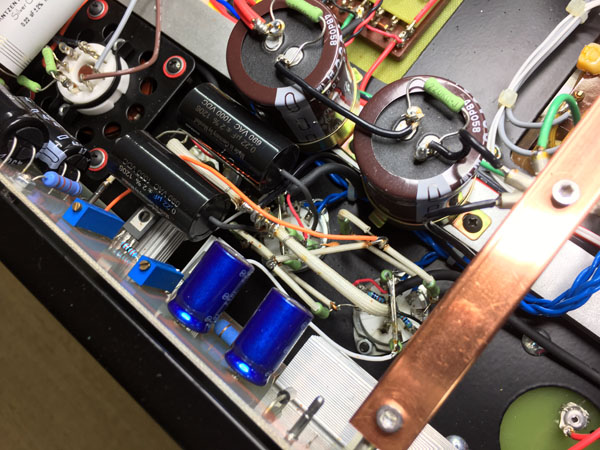
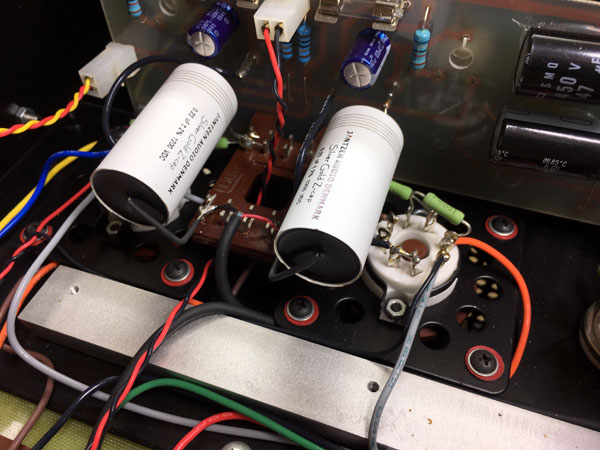
For almost four years I've been using the above seen coupling caps for the GlowMaster. Mundorf Supreme Silver/Oil for the input stage and Jantzen Audio Silver/Gold before the KT88 tubes and they've done very well indeed. With hifi the what-if always lurks in the background and knowing that every component adds its footprint, the quest for even better coupling caps has been on my mind from time to time. The VCaps are well-known around the community and only obstacle is price. Eight pcs 0.22 uF/600V is 1000 USD. A horrific sum for a handful of capacitors. Long story short I took the plunge and ordered the caps.
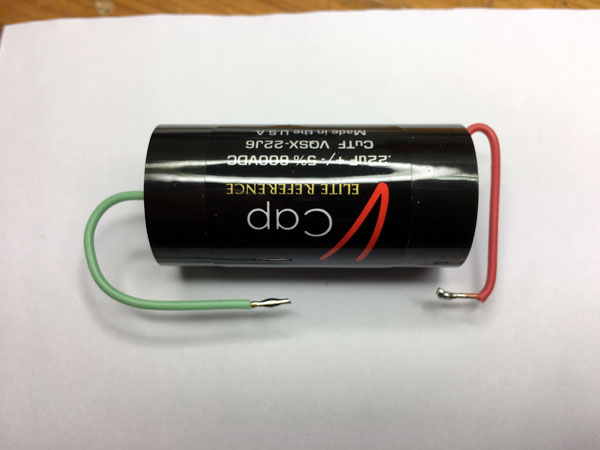
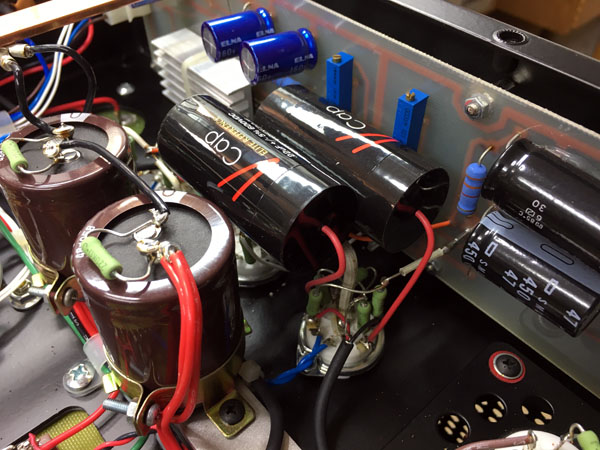
Getting the VCaps into place in this GlowMaster isn't trivial. For the output stage, no problem, but for the input stage space is seriously limited. Fortunately the leads are long enough to reach the tube sockets and we can simply leave the caps hanging. I don't move around the GlowMaster a lot, so fairly safe. Ideally they should be fastened by glue, straps or something. The biggest problem is getting the soldering iron down to the tube sockets without burning wires and other components. You may consider adding a Teflon tube around the solder iron to prevent any damage. For the right channel, the caps can't be side by side as for the left channel. Fortunately the length of the leads allow this.
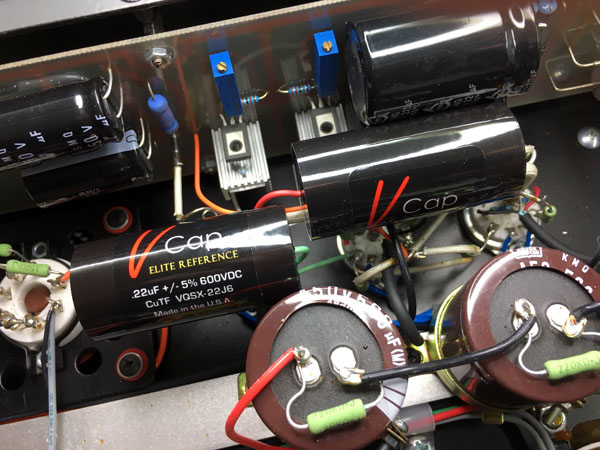
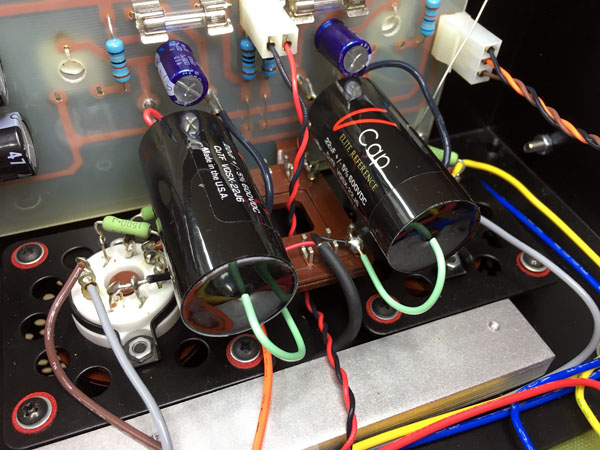
Let me start saying I did all I could to keep expectations low. In fact
I waited almost a week after having received the caps before installing.
It's a good thing to do. Kind of having them on the table for some time
and forgetting about them. Oh, gotta remember having them caps
installed...
Knowledge is a terrible thing in case we have to have to
be objective. As soon as we know something our mind is already set - in
some way. 1,000 USD and all the things I've been reading on the
web about the VCaps are impossible odds against objectivity.
I guess
my front end is up to the task of evaluating the VCaps. Van den Hul
Colibri cartridge, Van den Hul phono-stage, transformer coupled line
stage* with no caps directly in signal path - and the the GlowMaster
connected to my SBA-10 speakers, the latter rather demanding on source
material.
*: Replaced 2017 with
EAR-912 phono-line-stage.

I started out with some classical recordings from
Swedish BIS' excellent recordings and pressings. Sounded really good but
I wasn't blown away. Next a mint and early Pawnshop pressing bought on
eBay for a horrific amount of money. The I'm Confessin' track -
one of my favorites - had a smoothness to the clarinet and vibes was
really, really good. Next a fresh pressing of the Köln concert
(Keith Jarrett) and the Boesendorfer piano comes through as smooth as
ever. Some hard notes and chords on side 1 are good for checking
mid/treble harshness. The turning point was the Opus 3, Testrecord #4.
Here we have a recording where no smart producer has buttered up the
recording with all kinds of things. No added reverb or fancy
mixing destroying the music. Never heard this record with this level of
clarity and naturalness. End of story. All the meaningless superlatives
have been used in abundance elsewhere, no need to repeat.
Are the eight CuFT caps worth 1,000 USD. Wrong question. If you have the money and your kids won't starve, yes.
